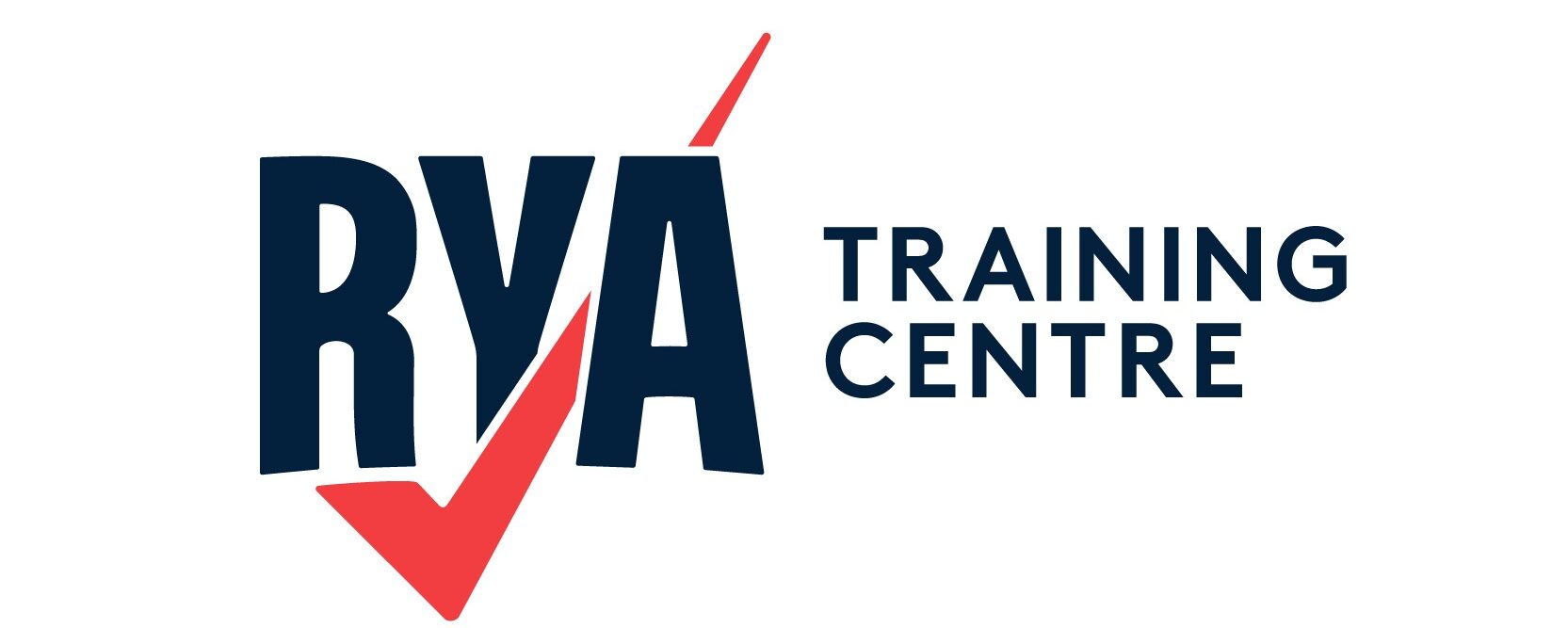What is AIS?
Marine vessels and vessel traffic services use AIS (Automatic Identification System) to identify and locate other vessels by exchanging electronic data through an automatic tracking system. Nearby ships, dedicated AIS base stations, and satellites relay this information to each other.
AIS is designed to supplement and support marine radar, which is still the primary method of collision avoidance for marine traffic.
How Does AIS Work?
An AIS transceiver automatically broadcasts key information about the vessel, such as its identification, position, speed, and navigational status/course. The vessel’s navigational sensors send out this information periodically. When the equipment is installed, the vessel owner programmes in details such as the vessel name and VHF call sign which are also transmitted regularly.
The signals are received by AIS transceivers fitted on other vessels or land based systems. It is then displayed on the receiver’s screen or ECDIS (electronic chart plotter). The system works by combining a standard VHF transceiver with a positioning system such as a GPS or LORAN-C receiver. It also makes use of other electronic navigation sensors, such as a gyrocompass or rate of turn indicator.
AIS is designed to assist and supplement a vessel’s watch crew – it is a navigation tool that can be used by both commercial and recreational boats. It also allows maritime authorities to track and monitor vessel movements. Vessels fitted with AIS transceivers can be tracked by AIS base stations located along the coast line. If the vessel is offshore, AIS programmed satellites are available to track it too. The International Maritime Organization’s International Convention for the Safety of Life at Sea states that AIS is mandatory aboard international voyaging ships (300T+) and passenger ships of all sizes.
Who Uses AIS?
AIS was originally designed for collision avoidance at sea. However, since then, it has been used for many other purposes. Some things AIS can be used for are:
- Collision Avoidance
- Fishing Fleet Monitoring and Control
- Vessel Traffic Services
- Maritime Security
- Aids to Navigation
- Search and Rescue
- Accident Investigation
- Fleet and Cargo Tracking.




